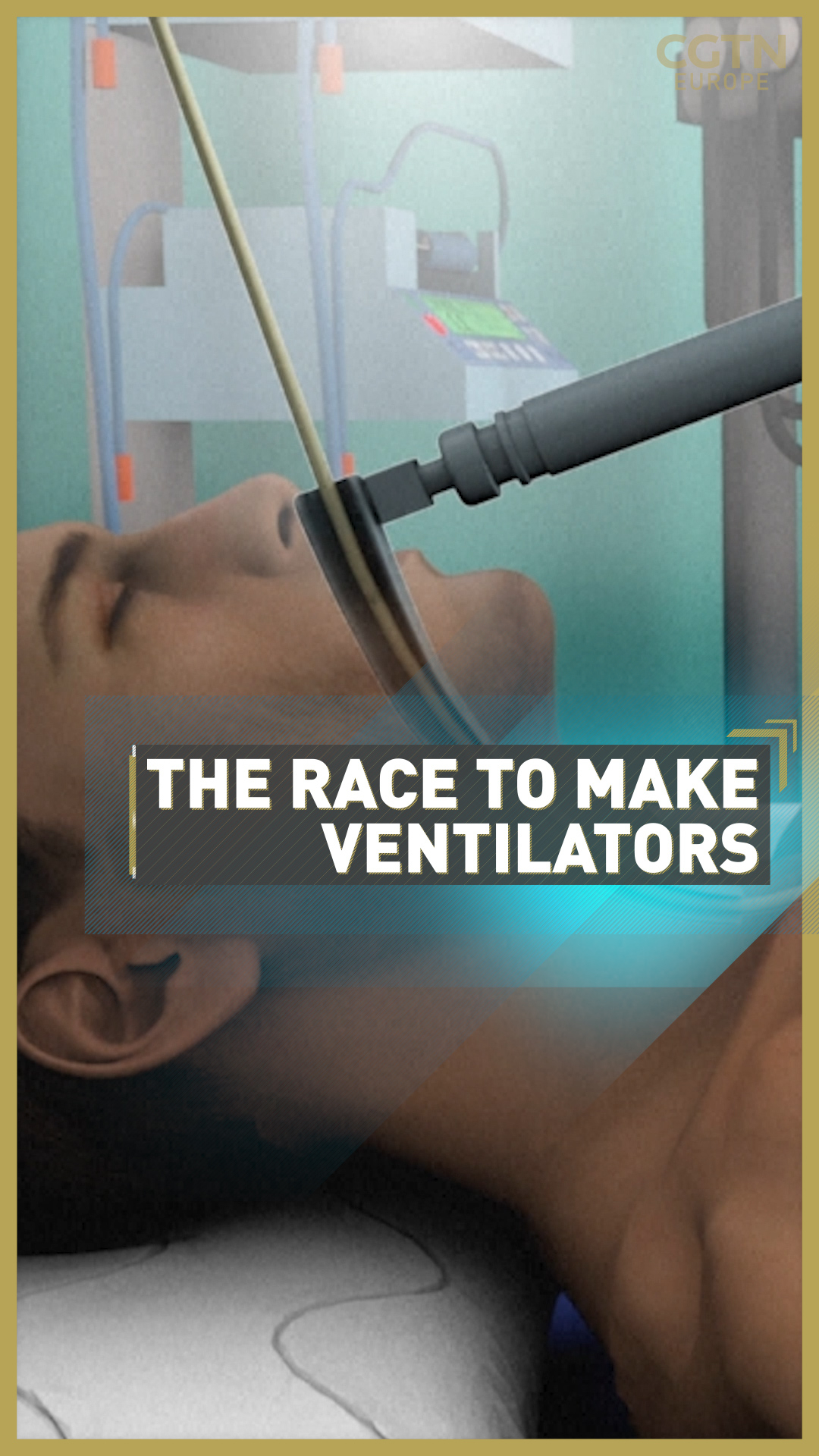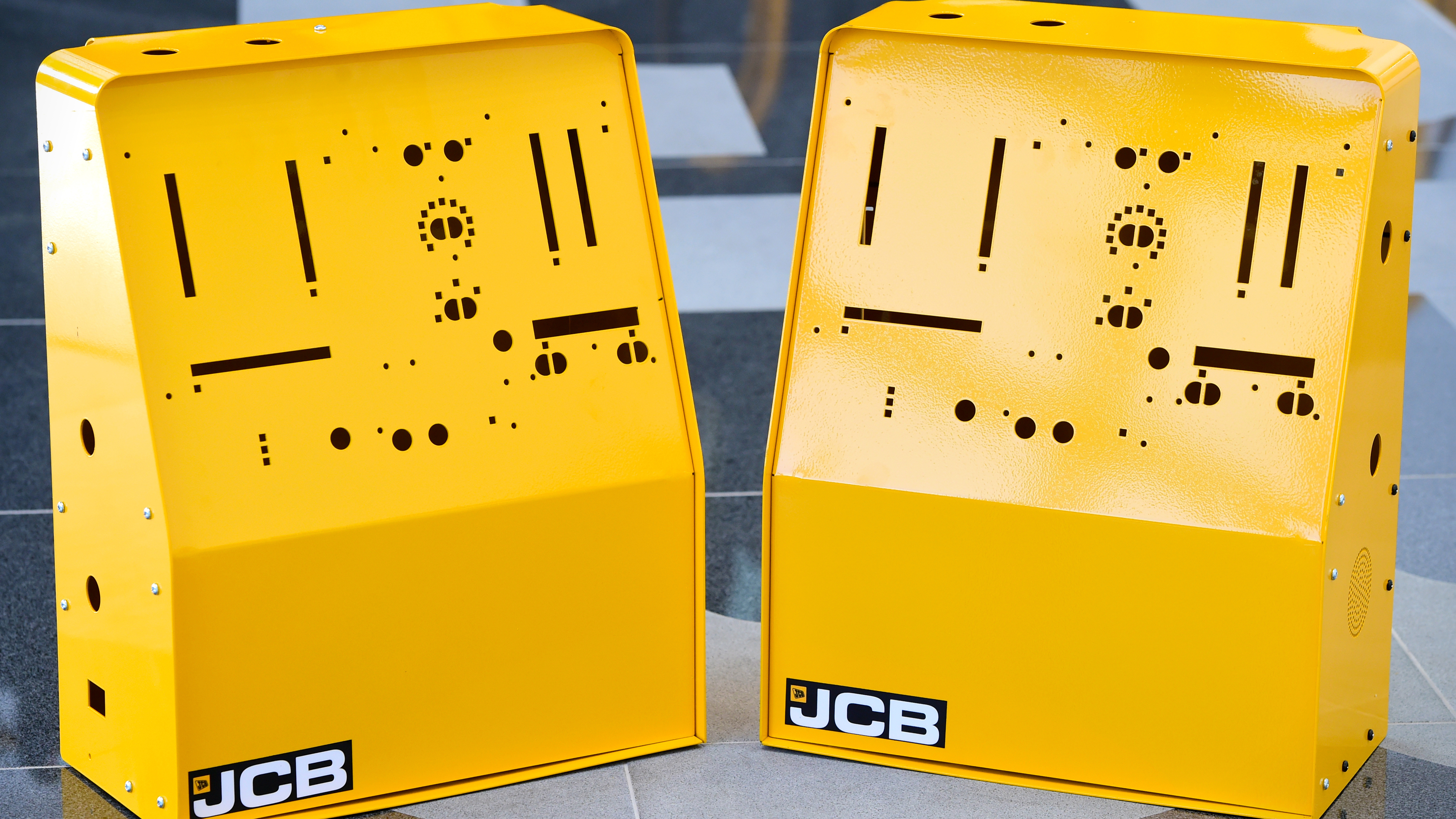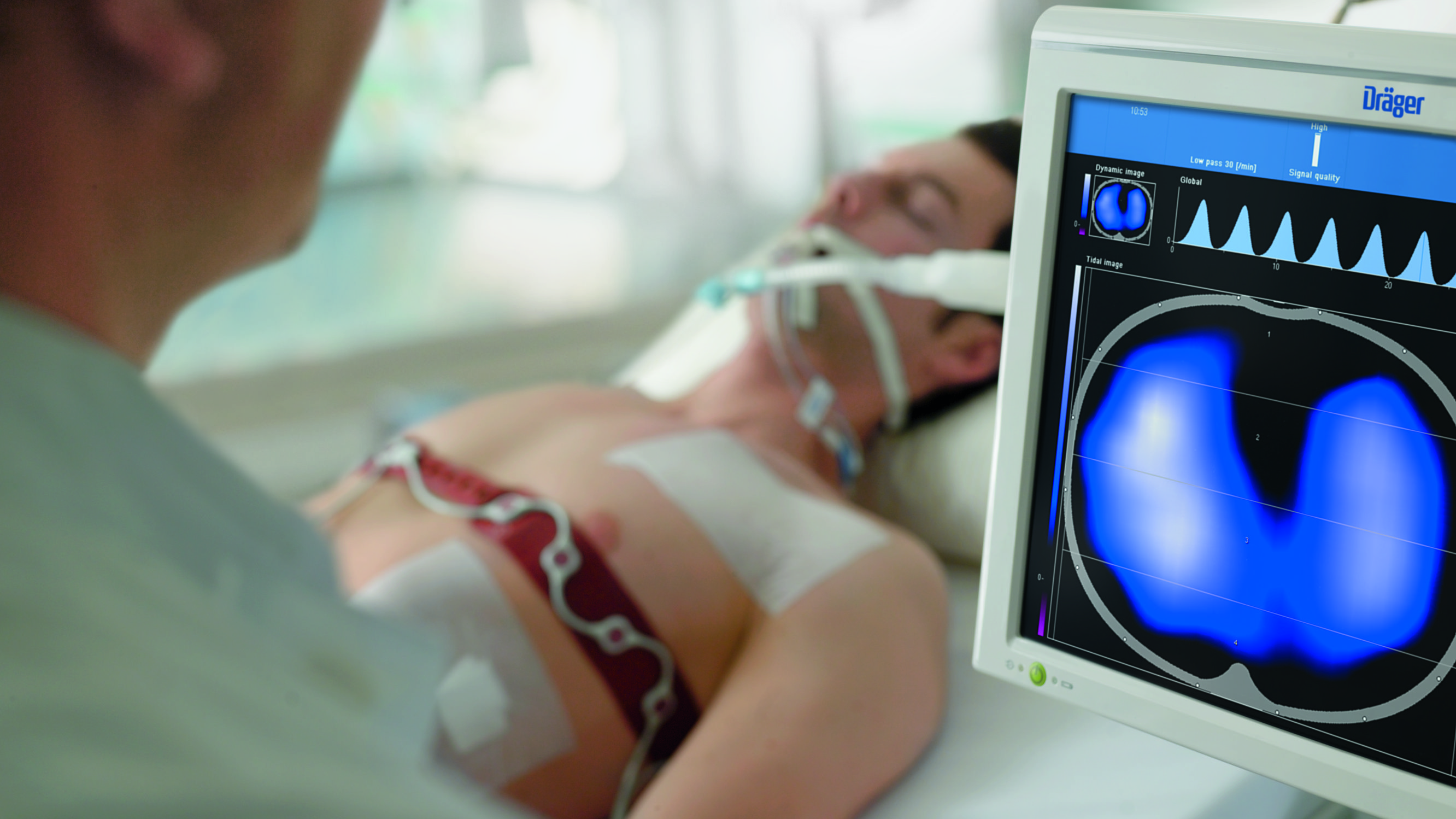02:39

"If you make them, we will buy them," was the urgent plea for ventilators from UK Prime Minister Boris Johnson to British manufacturers as the COVID-19 pandemic began to grip the country. The 55-year-old leader is now in an Intensive Care Unit (ICU) in a London hospital and could need the assistance of the machine he has so desperately been trying to source.
The UK purchases, on average, 500 new ventilators a year and has more than 8,000 in its hospitals but medical experts have estimated 30,000 will be needed at the height of the pandemic. The life-saving equipment is in high demand around the world and current suppliers are being asked to produce more than 10 years' worth of products in a matter of weeks.
Profiteering and stockpiling
Intensive care ventilator technology has increased rapidly in the past two decades and a high-end machine now costs $30,000 but UK importers say some companies are profiteering from the global crisis. Inspiration Healthcare, an AIM-listed company with two government contracts worth $4.92 million, has been offered ventilators at 10 times their market value and warns that a new wave of companies are looking to capitalize on the demand.
Commercial director Toby Foster told CGTN Europe: "We're getting approached by lots of unknown companies trying to supply ventilators to the UK market. Unfortunately, what we're also seeing is a huge hike in cost. A lot of these people are thinking that it's an easy way to make a lot of money."
Switzerland-based Hamilton Medical, one of the world's largest ventilator manufacturers, is planning to increase production to about 21,000 this year compared with 15,000 in 2019. It says it is prioritizing delivery to countries most in need.
Hamilton's CEO Andreas Wieland said: "We're trying not to deliver into a country that is merely stocking up reserves, where there is practically no virus, so they can prepare. We're trying to serve those where the emergency is most extreme."

British agriculture equipment manufacturer JCB has joined the Ventilator Challenge UK consortium to make housing for new ventilators. /JCB
British agriculture equipment manufacturer JCB has joined the Ventilator Challenge UK consortium to make housing for new ventilators. /JCB
War-like collaboration
The UK prime minister's call to action has been answered by some of the biggest names in British manufacturing. Rolls-Royce, British Aerospace, vacuum cleaner maker Dyson and a host of Formula One car racing teams have pooled their resources to commit to the Ventilator Challenge UK consortium.
Johnson said the collaboration was like a "war-time" effort – and the battle has commenced after the number of people killed in the UK by the virus surpassed 5,000 on 6 April.
Inspiration Healthcare is also part of the consortium, acting as an industry expert to advise the group on quality standards and to aid the training of medical staff on the new equipment.
"This is a huge task, but the great thing is that industry is coming together to support the effort," said Foster, who has been working in the ventilator industry for 20 years.
"I think what we will see over the coming days and weeks is a real pulling together of companies that are trying their very best to be able to ramp up production, to be able to meet the needs of every country that requires them."

Germany-based ventilator manufacturer Drager received a 'major order' from the Federal Ministry of Health in March.
Germany-based ventilator manufacturer Drager received a 'major order' from the Federal Ministry of Health in March.
The last resort
Ventilators are a last resort for clinicians treating a patient who is suffering from the effects of COVID-19. Not just because of the lack of equipment, but also the invasive nature of the treatment and the damage it can cause to the lungs if used for sustained periods.
Rahuldeb Sarkar, a UK consultant physician, said: "The mortality rate amongst the intensive care population is being estimated at 50 to 60 percent." He added that a critically ill patient "dies within a few hours" without a ventilator.
Sufferers on an ICU ventilator are sedated so a laryngoscope, a plastic clamp, can be placed down the throat. Then a endotracheal tube is fed into the top of the lung to provide oxygen-enriched air to the patient.
The air is delivered to the lungs, causing them to expand before a valve is released determining when the patient exhales. It is mechanical breathing to oxygenate the bloodstream and it has side effects.
Doctors will hope to see an improvement in oxygen levels before reducing the mixture of the gas to see if the patient can survive without the machine. After seven days, patients can begin to suffer lung damage with some experts advising that irreparable damage will take place if it is used for more than two weeks.
Sign up here to get the COVID-19 Europe bulletin sent directly to your inbox
Source(s): AFP